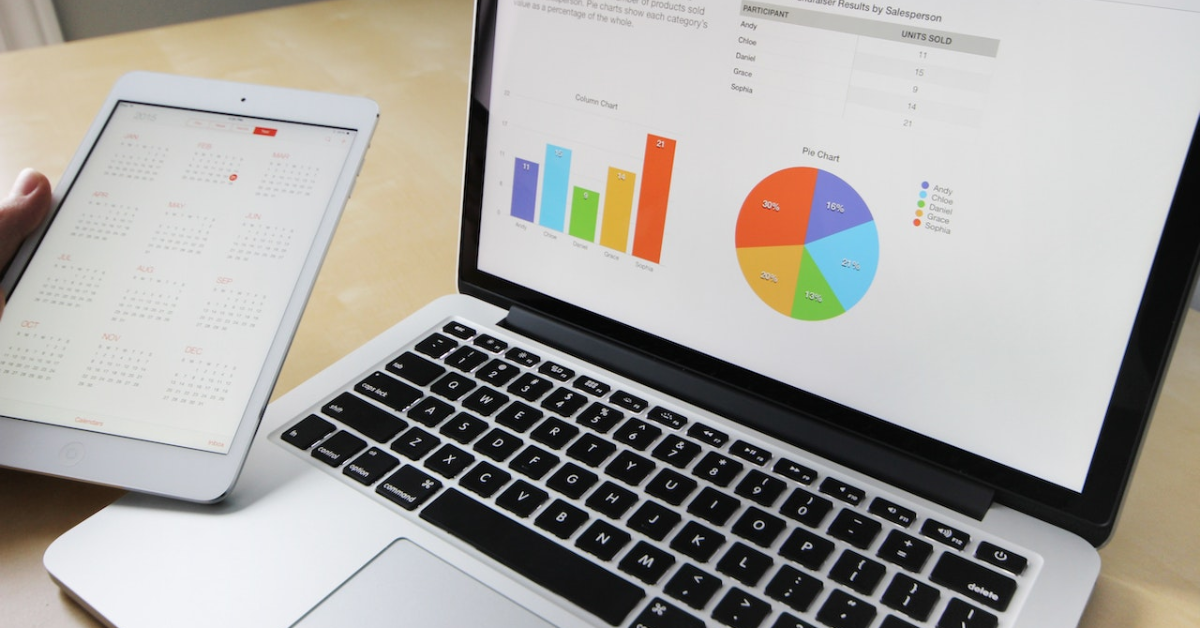Python for Data Science: A Look at the Top Libraries

Python is a popular language for data science due to its powerful libraries and tools for data manipulation, visualization, machine learning, and statistical analysis.
In this listicle, we will introduce some of the top Python libraries for data science and provide a quick and cool way to get started with them.
1. NumPy
NumPy is a library for working with large, multi-dimensional arrays and matrices of numerical data. It provides functions for performing mathematical operations on arrays, such as linear algebra, statistical analysis, and random number generation.
2. pandas
pandas is a library for data manipulation and analysis, particularly for working with tabular data. It provides functions for reading in data from various sources, cleaning and wrangling data, and performing aggregations and transformations.
3. Matplotlib
Matplotlib is a library for creating static, animated, and interactive visualizations in Python. It provides functions for creating different types of plots and charts, including line plots, scatter plots, bar plots, and histograms.
4. seaborn
seaborn is a library for creating statistical visualizations in Python, based on Matplotlib. It provides functions for creating plots that are more suitable for statistical analysis, including box plots, violin plots, and pair plots.
5. scikit-learn
scikit-learn is a library for machine learning in Python, including tools for classification, regression, clustering, and dimensionality reduction. It provides functions for training and evaluating machine learning models, as well as functions for preprocessing and transforming data.
6. TensorFlow
TensorFlow is an open-source library for machine learning and deep learning, developed by Google. It provides functions for building and training neural networks, as well as functions for performing mathematical operations on large arrays.
7. Keras
Keras is a high-level library for building and training neural networks in Python, built on top of TensorFlow. It provides a simple and intuitive interface for defining and training neural networks.
8. PyTorch
PyTorch is an open-source library for deep learning, developed by Facebook. It provides functions for building and training neural networks, as well as functions for performing mathematical operations on tensors.
9. statsmodels
statsmodels is a library for statistical modeling, testing, and visualization in Python. It provides functions for fitting statistical models, performing hypothesis tests, and analyzing the results.
10. scipy
scipy is a library for scientific and technical computing in Python, including functions for optimization, linear algebra, and statistics. It provides functions for performing advanced mathematical operations, as well as functions for working with matrices and arrays.
And, at last,
These libraries include NumPy, Pandas, Matplotlib, scikit-learn, TensorFlow, and more, and learning to use them effectively can open up a wide range of exciting opportunities in the field of data science. By familiarizing yourself with these libraries, you can take your data science skills to the next level and unlock new insights from data.





